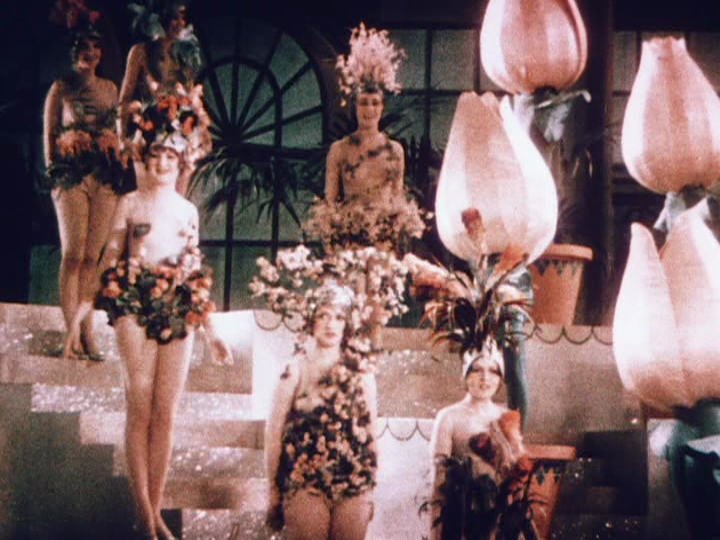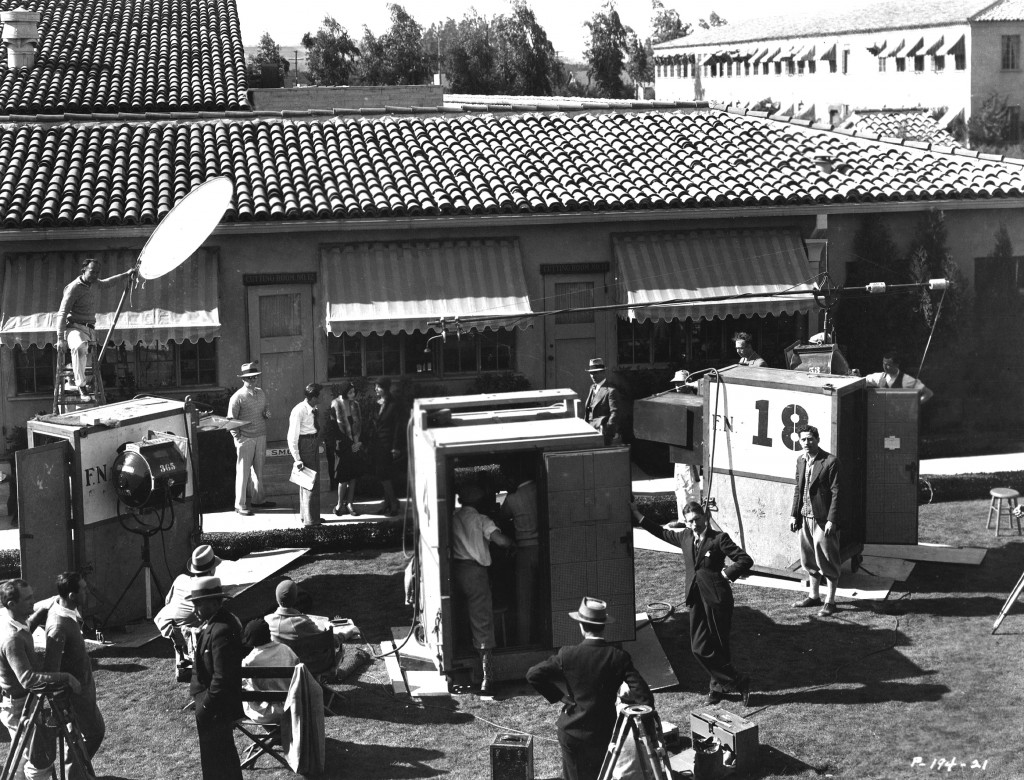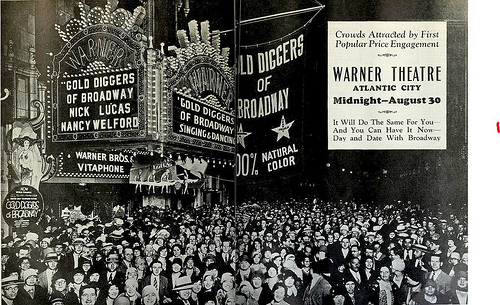I think that one of the most interesting aspects of the Hollywood job culture is the way in which connections are made. We’ve heard first hand about this culture from our experiences at CAA, the DGA, and many others, as well as through some of my own experiences I’ve while out on the town with my classmates. Perhaps the best example of the culture’s uniqueness is the concept of blacklisting. In most job markets, if you happen to piss off those in your job network you can, in the worst case scenario, try to restart in another town. But Hollywood is unique in that if you want to be in on the big business pictures, you have to be in Hollywood. This atmosphere produces an odd dynamic where everyone who is highly successful is also by default irreplaceable. That dynamic, as we heard in the DGA student open house, gives way to scenarios where an actress can be incredibly rude to a director or where a person can be someone who creates an idea for a show and then can have the creative control stolen from him.
While we were at CAA, it was also apparent how important connections are and how progression is based not on past experience but on your work on the job itself. To progress at CAA, the majority of what you need to do is grunt work in the mail room or as an assistant and hope that your work is recognized. Ted Miller is an excellent example of this in the way that he worked his way up at CAA. The preexisting experience he had in the banking business didn’t translate to a higher starting position at CAA because, like previously mentioned, your relationships and work ethic are more important than any resume.
But there is an upside to this culture– if you really spread yourself out, you can create a network truly more powerful than any resume. We’ve seen this with most of the alumni we’ve met in addition to some experiences I’ve had meeting people. I am interested playing music professionally in LA, and from the people I’ve met, it seems like there are a myriad of labels to help young people find their market of listeners. So yes, this city is huge but if you have the right network, there will always be work.


